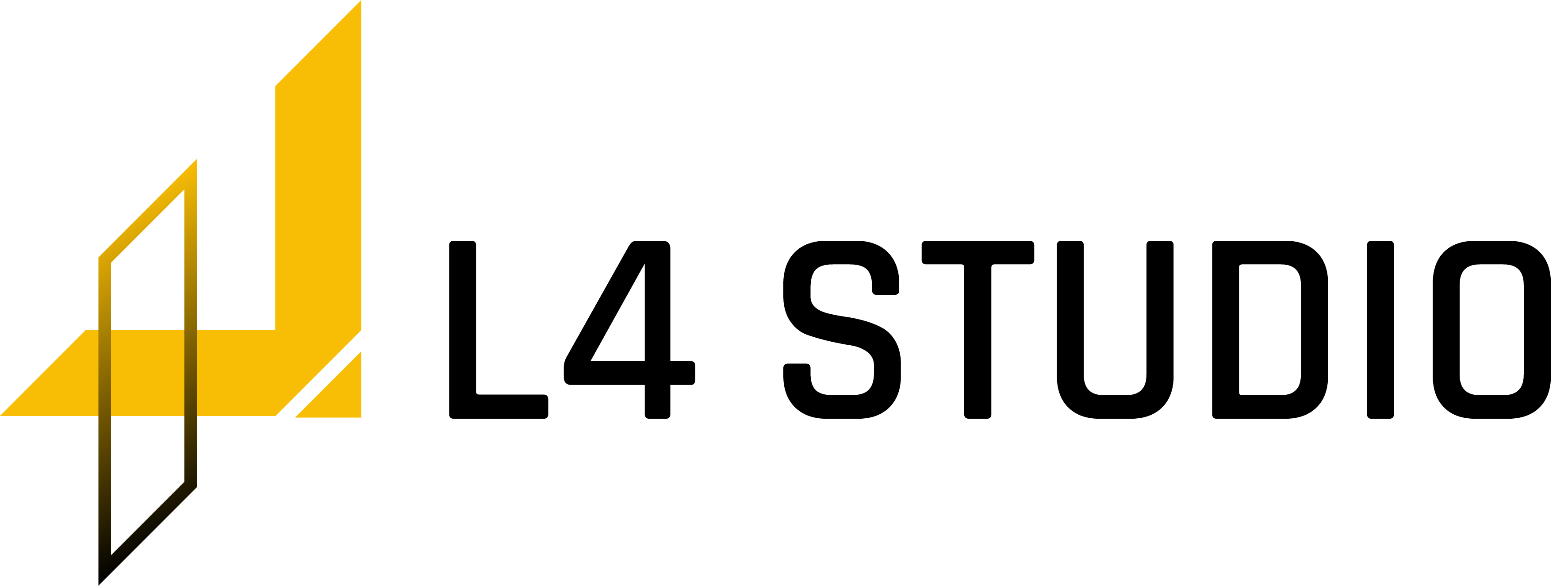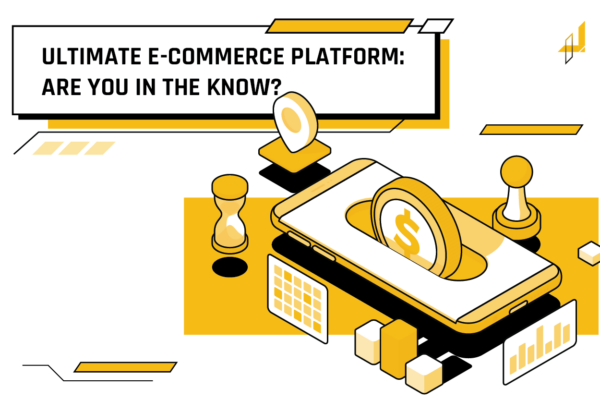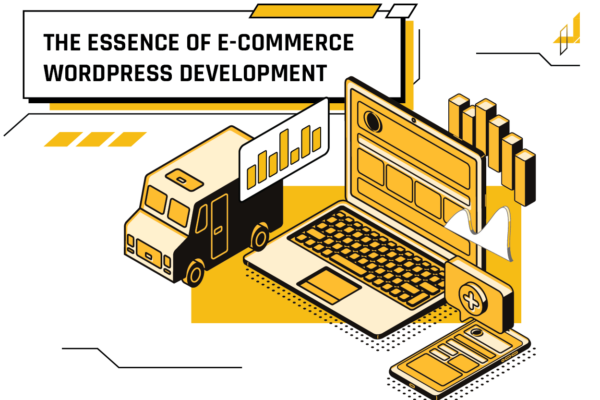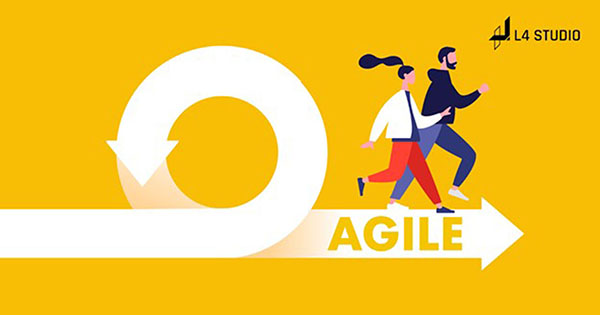
Which Agile software outsourcing company?
After you have figured it out and decided to use agile in your next software outsourcing project. Now you have to choose the right agile tech services that fit your team’s capacity, also choose the Agile software outsourcing company that can work with your requirement.
1. There are how many different types of agile Methodologies?
Agile refers to project management approaches and best practices based on the values and principles outlined in the Agile Manifesto. However, there is no single correct approach to adopting Agile, and there are several techniques from which to select. And here are seven popular Agile frameworks:

Figure 1. Some of the most common agile methodology
A/ Crystal
Crystal is an Agile methodology family that comprises Crystal Clear, Crystal Yellow, Crystal Orange, Crystal Reed, and others. Each has its structure. Your decision is influenced by numerous project parameters, including team size, priorities, and tech services.
B/ Lean
Lean development is sometimes confused with Agile, although it is a completely separate technique that shares many of the same ideals. The following are the basic concepts of the Lean methodology eliminating waste, delivering fast, respecting people, optimizing the whole
C/ Feature-driven development
Another software-specific Agile framework is feature-driven development. This technique necessitates the creation of software models every two weeks and necessitates a development and design strategy for each model feature. It has more stringent documentation requirements than XP, making it ideal for agile offshore development with sophisticated design and planning skills.
D/ Dynamic systems development method
The Dynamic Systems Development Method (DSDM) arose from the requirement for standardized tech services for fast software delivery. Rework should be expected, and any software development company modifications should be reversible.
E/ Kanban
Kanban is a straightforward, visual method of project management that allows your team and agile offshore development tech services to understand where they are in the process and what is coming up next. Kanban projects are generally handled using a Kanban board, which divides work into three columns: “To Do,” “Doing,” and “Done.”
F/ Scrum
In many aspects, Scrum is identical to Kanban, and it generally employs a Scrum board, which is similar to a Kanban board in that tasks are organized into columns depending on progress. Scrum, as opposed to Kanban, focuses on breaking down a project into sprints and only planning and managing one sprint at a time. Scrum also includes distinct project responsibilities, such as Scrum master and product owner.
G/ Extreme Programming (XP)
For Agile software development initiatives, extreme programming (XP) was created. It emphasizes continuous development and customer delivery and uses intervals or sprints, much to the Scrum approach. XP, on the other hand, contains 12 supporting procedures that are particular to the realm of software development like test-driven development, refactoring, continuous integration, collective code ownership, coding standards, metaphor, sustainable pace…
2. How can you choose the right agile methodology that fits your team’s capacity for an agile software outsourcing company?
If your team is about 5 to 9 members, the scrum and crystal clear method might be the right one for you.
With scrum, the agile offshore development shall choose and conduct the technical tasks necessary to accomplish the project goals.
And crystal clear models emphasize people over processes. It is based on three compulsory principles:
- Frequent delivery.
- Reflective increment.
- Gradual communication.
But if your teams have under five people? Extreme programming It is best suited for big and complicated development projects where plan-based techniques are ineffective. It is also successful with small teams with highly skilled and experienced players (no more than ten people).
With a team of more than ten people, kanban software development is the best choice. It is appropriate for development projects that require consistent output with no team or project size restrictions.

Figure 2. The number of members in a team will determine which agile methodology you should follow
3. Agile software outsourcing company: 8 Guidelines for Ensured Project Success
3.1. Accept evidence-based learning
Validated learning is a crucial component of agile software development. You modify when you get more knowledge about your workflow, users, or final result. The key is for the entire team to embrace this ongoing learning.
Consider your project as a type of hypothesis-driven experimentation to help you comprehend this. You have an idea of what the final result should look like when the project first starts. You test and revise your hypothesis through iterative product releases. Every action is a test.
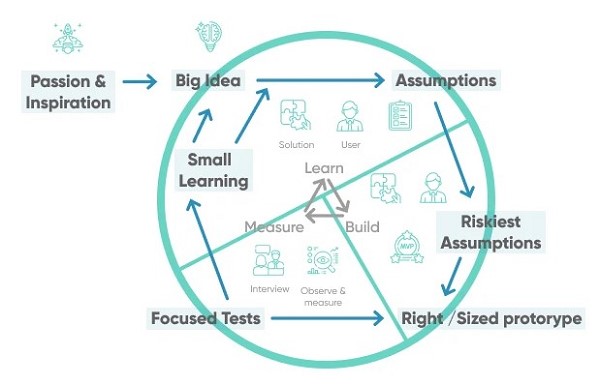
Figure 3: Agile software outsourcing company: Accept evidence-based learning
Learning must be included if you want to enhance your software development process, especially while applying lean principles. Create vision pivots. Even though software engineers dislike them, they are necessary if you want your project to be successful.
3.2. As you learn, alter your product vision
Defining your product vision should be the first step in every endeavor. Your vision for your product should include the following:
- Defined project objectives
- The business value that can be proven
- Success parameters
It’s best if you can be as detailed as possible. Your final product will become more evident as you define your product concept. This task may direct the project toward completion and guarantee project success.
Unsure of how to create a project plan? With these inquiries, take into account seeing the wider picture:
- Are you addressing a particular issue? Can you describe the issue?
- What’s the aim in the end?
- What will the final product be used for?
- Which characteristics stand out? Exist characteristics that are “must haves” and “good to haves”?
Consider the project delivery once you’ve established your objectives:
- Which members of the team are crucial to this project?
- How much effort goes into each sprint?
- Have team members on both the technical and non-technical sides provided you with input on your plan?
A successful final product will be more likely if you take the time to clearly define your product vision.
3.3. Put stakeholders’ interests first
Stakeholders are present in every agile software project. Every stakeholder in the project has a certain function. Stakeholders might consist of:
- Company management
- Project backers
- Project directors
- Owners of goods
- Developers
- Final consumers
- Customers
You would have several stakeholders if you choose an outsourced firm. In this situation, other stakeholders including contract project managers, developers, and testers should be taken into account.
It’s crucial to include in your project all pertinent parties because:
- Stakeholders have great skills to provide. Information about the past, the product, or the industry may be included.
- Getting involved with a number of stakeholders will aid in risk reduction and speed up the discovery of possible problems.
- Early users can assist the team in making an early evaluation of the project results.
- Project success rates will be greater overall as a result of including stakeholders in the project definition phase.
3.4. Assemble a product development team
Planning and analysis of requirements must be done properly and continuously for every software development project. Agile software development in particular has to allow for speedy adjustments. Changes can be made at any stage of the development process.
If a new deliverable is added, the requirements need to be updated, and the development team has to take action right away.
Additionally, it’s critical that the design team regularly validate project deliverables. If something goes wrong, it needs to be found and fixed right away.
All parties involved in the project should prepare for change at all times. A strategy should be in place to handle scope changes.
3.5. Find a seasoned engineering executive
A skilled engineering leader is one of the most important members of any development team. Both technical and soft talents should be brought by this high-performing leader to assist manage interactions among the team members.
Staff may find this position to be quite challenging. When using agile outsourcing, you want to seek a team with an integrated engineering leader. You won’t have to put out the effort of looking for, interviewing for, and hiring for this position.
An effective engineering manager should:
- Possess solid technical abilities.
- Have effective communication abilities.
- Have completed several projects and have experience in your field.
- The capacity to direct agile processes.
- Defend the group from problems with coordination and quality control.
We are a genuine software partner here at SoftKraft. To make sure that an engineering leader can be hired, we offer certain development routes. In addition to managing the team and the technology, our engineering leaders strive to ensure the long-term success of their customers. They may, for instance, become a member of your design team and help with the creation of new products.
3.6. Create a productive, agile software outsourcing company
We think that commitment spreads. Others on the team are more likely to act in the same way if team members are committed and the boss sets an example. Giving the team the tools and letting them make decisions on their own is the greatest method to increase commitment.
Giving the team control over the project by allowing them to establish deadlines and engage in team rituals. The engineering leader should lead the team’s performance by setting the general direction of the product.
The effectiveness of software teams has been the subject of several attempts throughout the years. The problem is that the main weakness in most models is that they emphasize outputs rather than outcomes. Individual accomplishment is more important to them than the team or organizational success.
The most important measure for a successful engineering team is the change failure percentage. This is measured as the percentage of production changes that lead to a hotfix, rollback, or period of performance degradation. Of course, this includes software updates and configuration modifications, both of which are frequent reasons for software failure.
This measure, which is frequently used in the generic product delivery process, is the Lean counterpart of the percent complete and correct. It is simple to sense to avoid boosting factory production throughput at the price of quality control, and it is compatible with our knowledge of manufacturing businesses.
The failure percentage is another crucial software engineering KPI since teams are under a lot of pressure to achieve it. Your defect escape rate is the proportion of flaws found during pre-production testing to those that are used in production. You may thus periodically evaluate the general quality of the software releases produced by your team.
3.7. Be devoted to thorough planning
List each need for the project first. Gathering input from internal stakeholders at this time is a smart idea. Both “must-have” and “nice-to-have” needs should be listed. Make sure all needs are included by taking your time.
This needs list is referred to as a Product Backlog in Scrum and agile approaches. When you’ve finished creating this backlog, provide it to the development team that will be carrying out the job. Each requirement’s workload will be estimated by the development team.
Utilizing Planning Poker is one method of estimating the project effort. The development team scores each of the list’s requirements using this manner. The harder the thing will be to do, the higher the score. A timetable has not yet been assigned to anything at this time. At this point, the workload is only estimated.
Using a planning poker-style estimating method:
- Promotes cooperation and team development among teammates.
- Gives the software development team the opportunity to share insightful thoughts and experiences that they would not otherwise have.
- Demands that people justify their forecasts.
- Makes estimates more accurate.
3.8. Hold off on starting so you can have frank conversations
The project team and the customer or sponsor will probably first meet during the kickoff meeting. It’s a great chance to set clear standards and build a solid team spirit early on.
You should introduce the team to the project at the beginning, decide on collaborative tactics, and establish project goals and check-ins. You might want to specify how you will communicate, meet, and what can cause the process to take longer (and how to avoid that).
Agenda for a typical SoftKraft project kick-off meeting:
- Team responsibilities: Describe the team’s roles and responsibilities.
- Describe the project’s vision in your vision statement. For instance: “For, the does, offers, and solves. Contrary to, it will.”
- Project scope – The customer offers the minimum viable product (MVP) features that must be provided. A high-level epic voyage can also be covered by the client: Who are the user personas involved? What position does it occupy in the total user experience?
- Timeline and metrics – The customer offers his or her perspective on trade-offs so that Softkraft may rapidly and independently make minor judgments.
- In a group setting, ask everyone to list the aspects they believe will contribute to the project’s success. Invite the group to debate the various concepts and how they may be measured. Using this strategy, you can really engage the group.
- Similar to the previous session, RAID (group session) is centered on hazards.
- Risks are potential outcomes that might have an impact on the project’s quality, schedule, or cost (or a combination).
- A strategy is based on assumptions, which are facts that are now true but would become risky or problematic if they changed.
- Issues are past events that have had a negative impact on the project.
- Dependencies are items that must be done or provided for the project to succeed, either once or often.
- Plan for team communication: Softkraft examines the frequency, format, and other aspects of communication with the client.
Summary
There is no clear path to the appropriate agile methodology. Everything is dependent on the nature of the development project and your goal. And if you’re finding an agile software outsourcing company in Ho Chi Minh City, consider L4 Studio. We are all familiar with all the popular agile methodologies that your team wants.
Sources: Internet
——————————-
L4 STUDIO – LEADING SOFTWARE DEVELOPMENT COMPANY IN VIETNAM
Website: https://l4studio.net/
Email: hi@l4studio.net
Phone: (+84) 28 6675 6685
Our Website Development Services: https://l4studio.net/website-development/
For more interesting blogs: https://l4studio.net/it-knowledge/
Follow us at: https://www.facebook.com/L4Studiovn/
Read more: How do choose the right application development outsourcing company?
